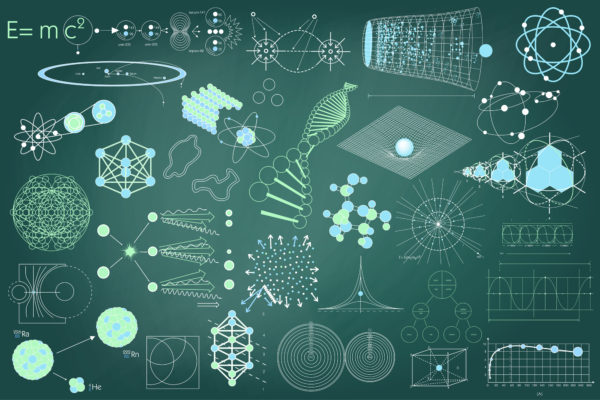Schools seeking to build, strengthen or improve their STEM education programs now have a 14-point checklist to use as a guide, thanks to NSF-funded research from George Washington University, George Mason University, and SRI International.
The Opportunity Structures for Preparation and Inspiration (OSPrI) research intends to examine “opportunity structures provided to students by Inclusive STEM-Focused High Schools (ISHSs),” with particular focus on schools serving students from underrepresented groups.
While some STEM schools recruit highly-talented students without regard to need or background, ISHSs tend to seek out new STEM talent, especially from underrepresented minority students.
During the team’s research, 14 components associated with strong and exemplary STEM learning programs emerged.
Researchers used that data to develop what they call a “STEM Inventory” schools can use to evaluate and improve their STEM education programs. The inventory defines the 14 components, offers details, and provides a rubric for schools to rate their progress.
Next page: 7 STEM education components
Those 14 components include:
1. College-prep, STEM-focused curriculum for all. Rigorous courses in all 4 STEM areas, or, engineering and technology are explicitly, intentionally integrated into STEM subjects
and non-STEM subjects in preparation for college.
2. Reform instructional strategies and project-based learning. STEM classes emphasize instructional practices/strategies informed by research on active teaching and learning and immersing students in STEM content, processes, habits of mind and skills.
3. Integrated, innovative technology use. Technology connects students with information systems, models, databases, and STEM research; teachers; mentors; and, social networking resources for STEM ideas.
4. STEM-rich, informal experiences. Learning opportunities are not bounded, but ubiquitous.
5. Connections with business, industry, and the world of work. The school boundaries extend beyond the larger school community by creating partnerships with business and industry.
6. College-level coursework. School schedule is flexible and designed to provide opportunities for students to take classes at institutions of higher education or online.
7. Well-prepared STEM teachers and professionalized teaching staff. Teachers are qualified and have advanced STEM content knowledge and/or practical experience in STEM careers.
For the last 7 components, go to the research program’s website.
- Friday 5: Universal Design for Learning - April 19, 2024
- Educators love their edtech, but want more training - April 18, 2024
- Friday 5: College and career readiness - April 12, 2024


